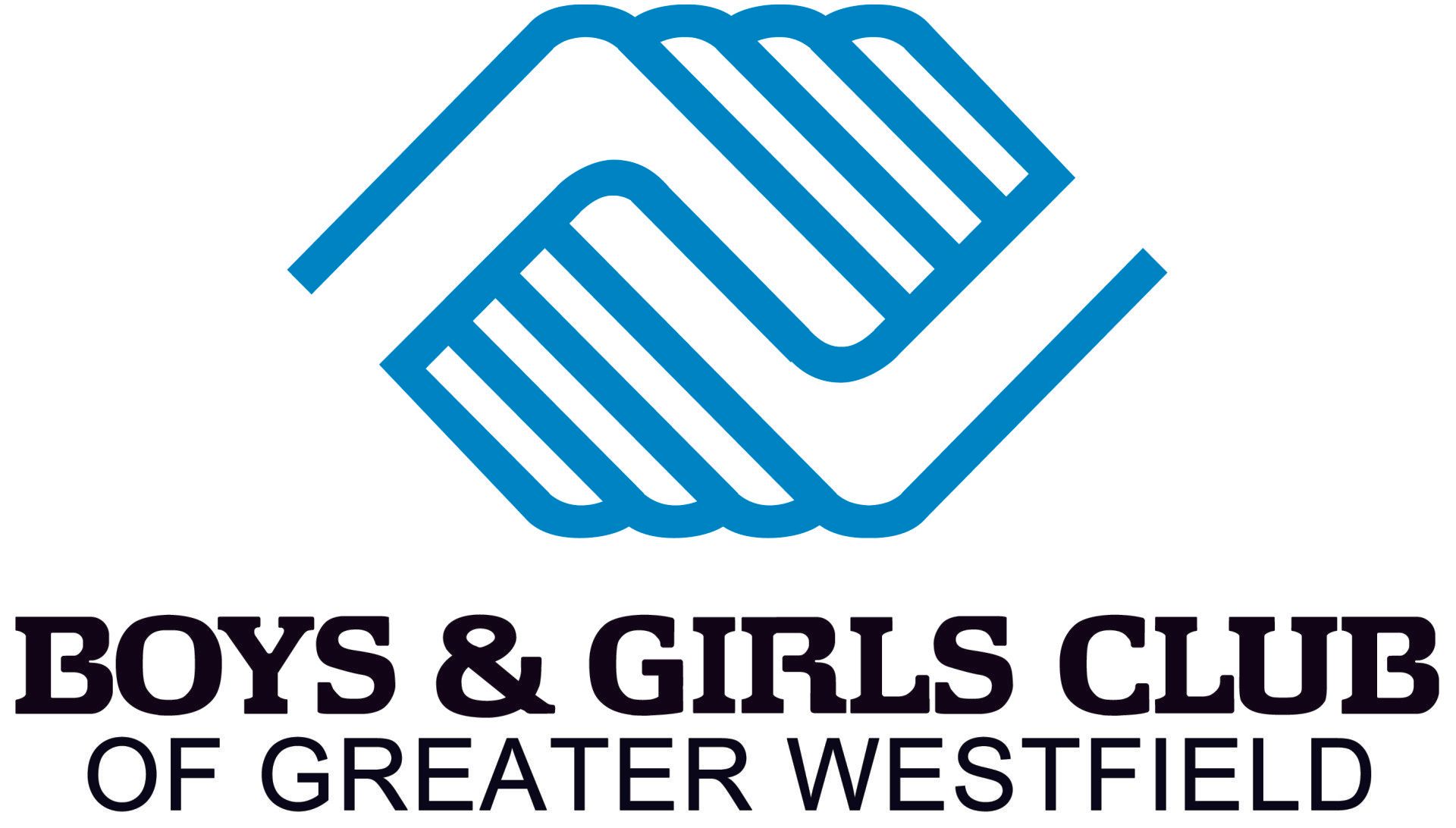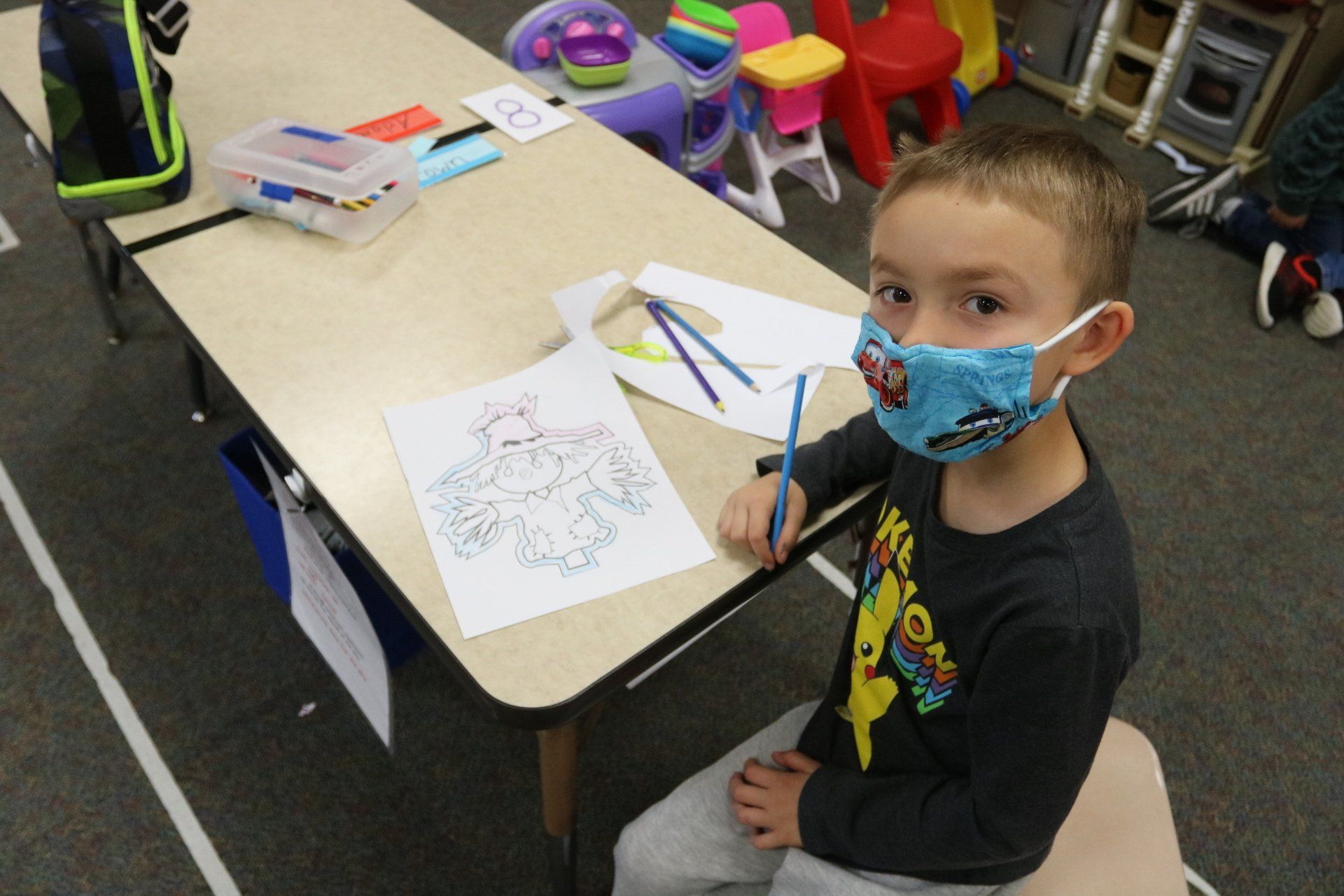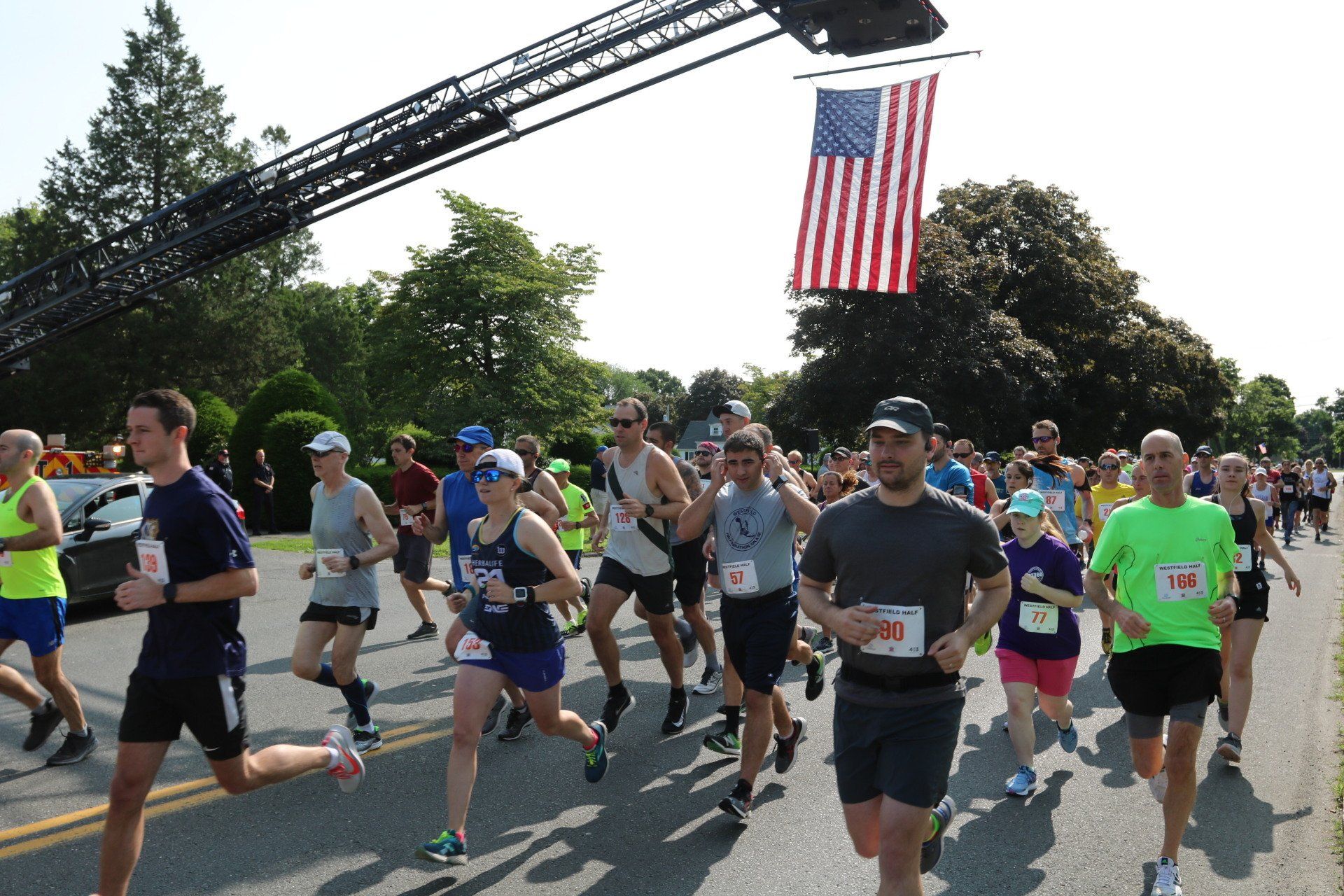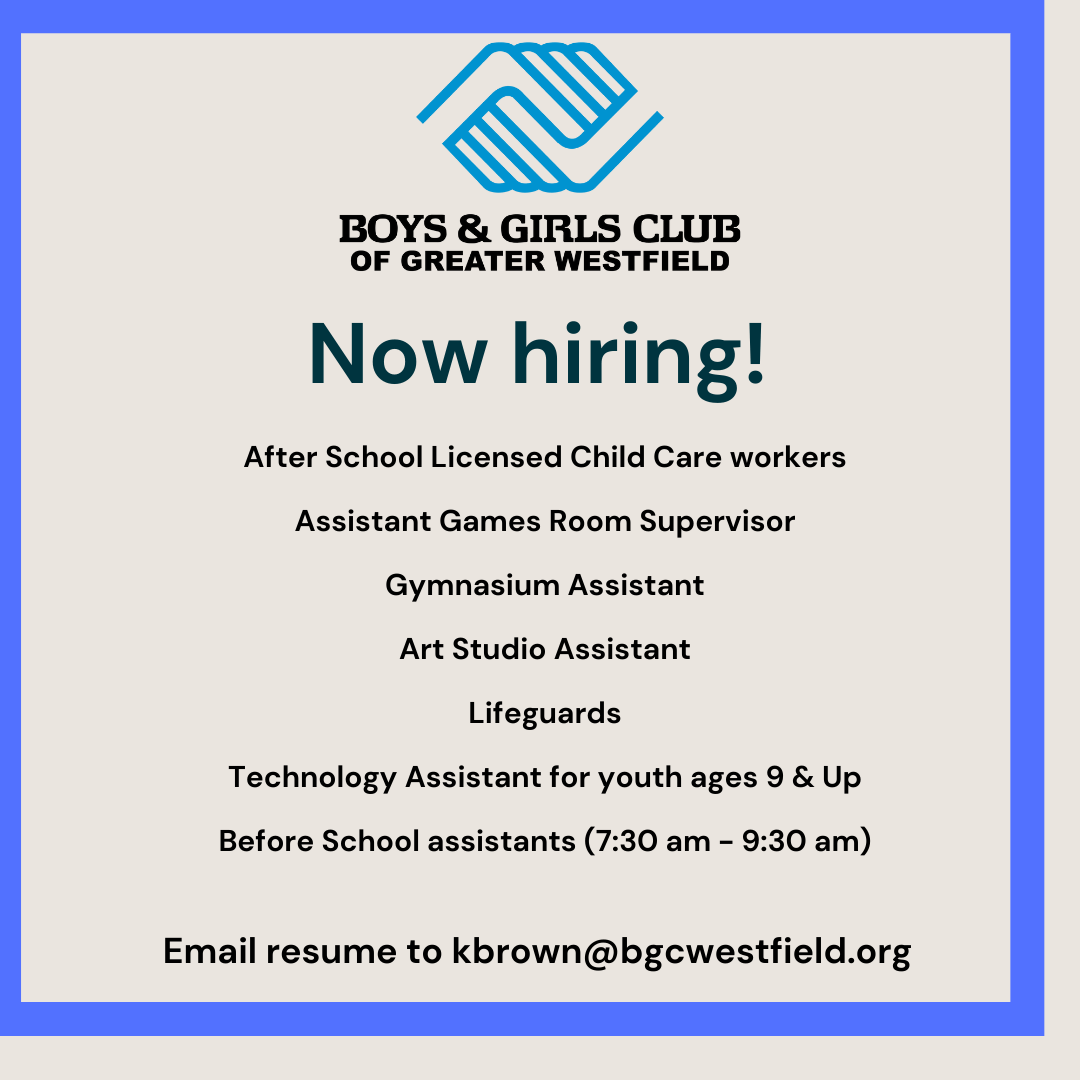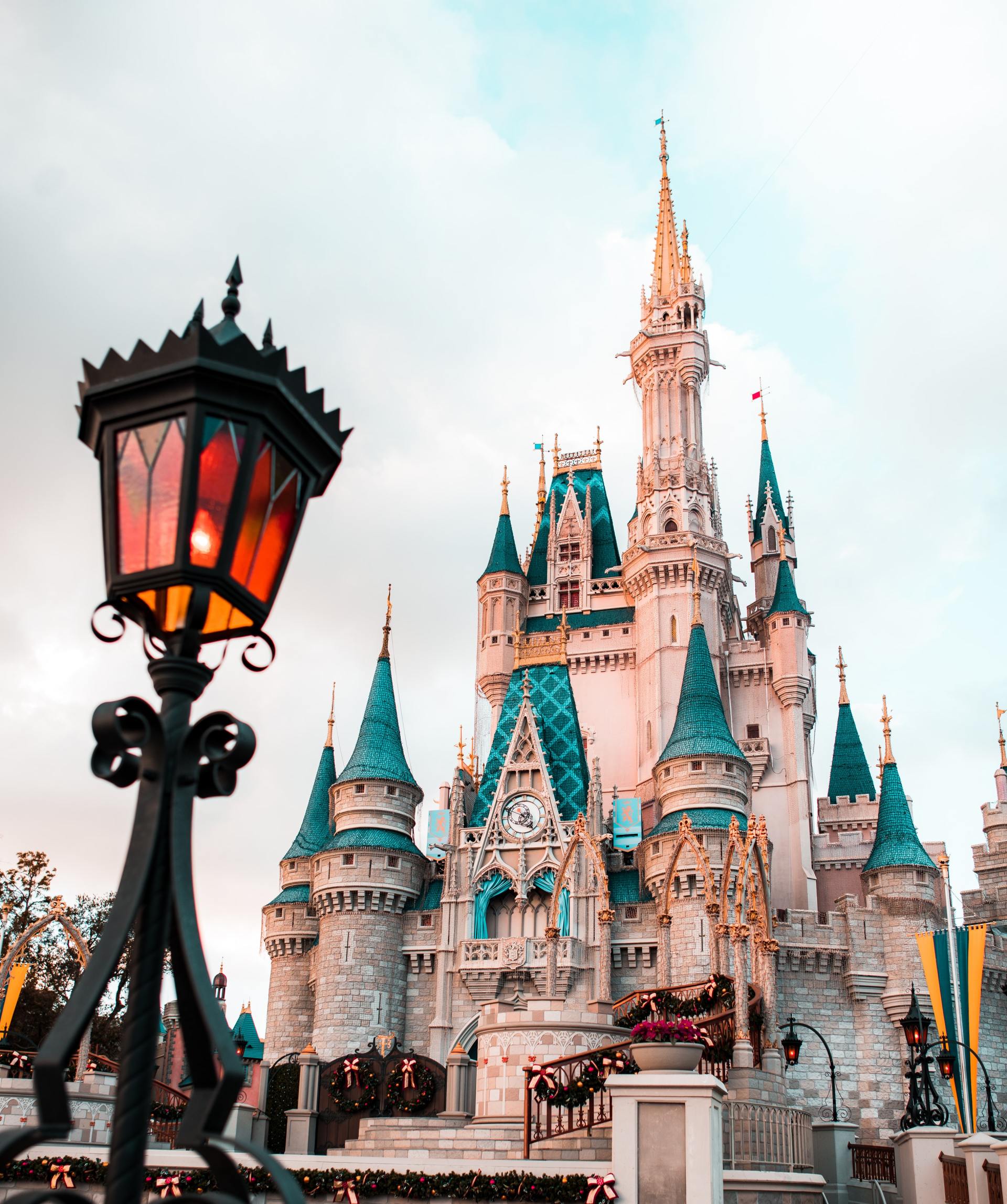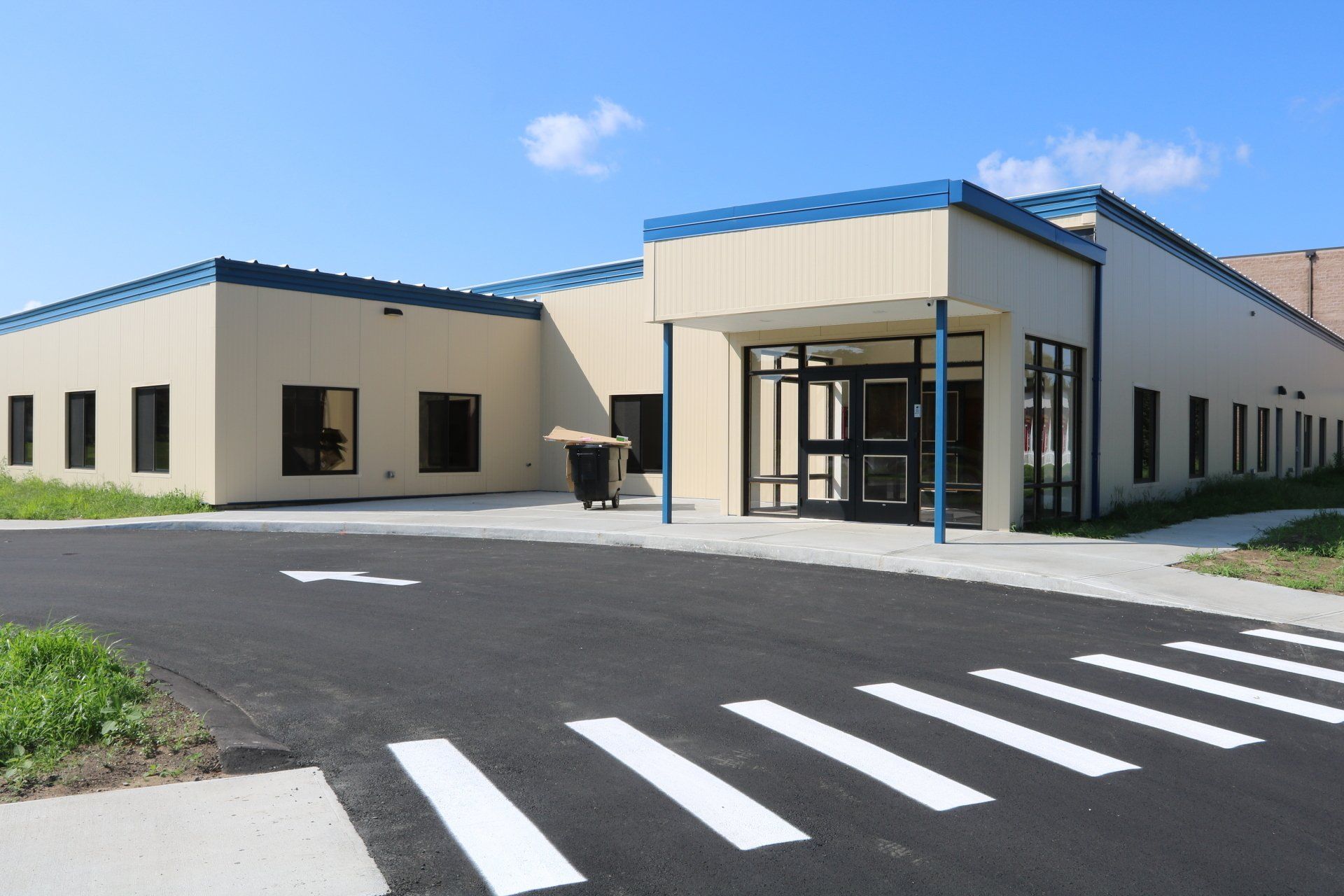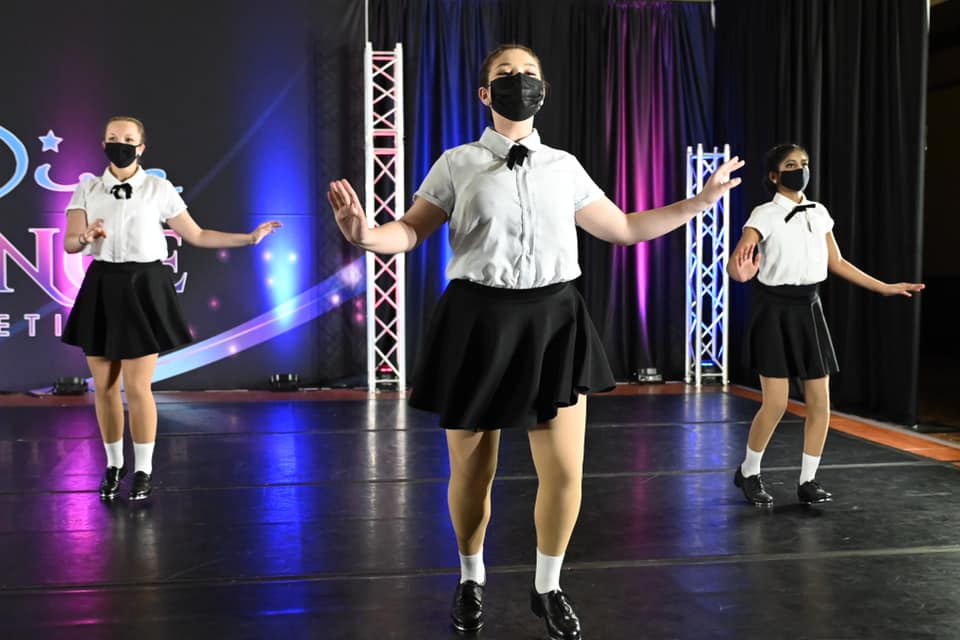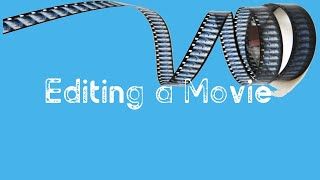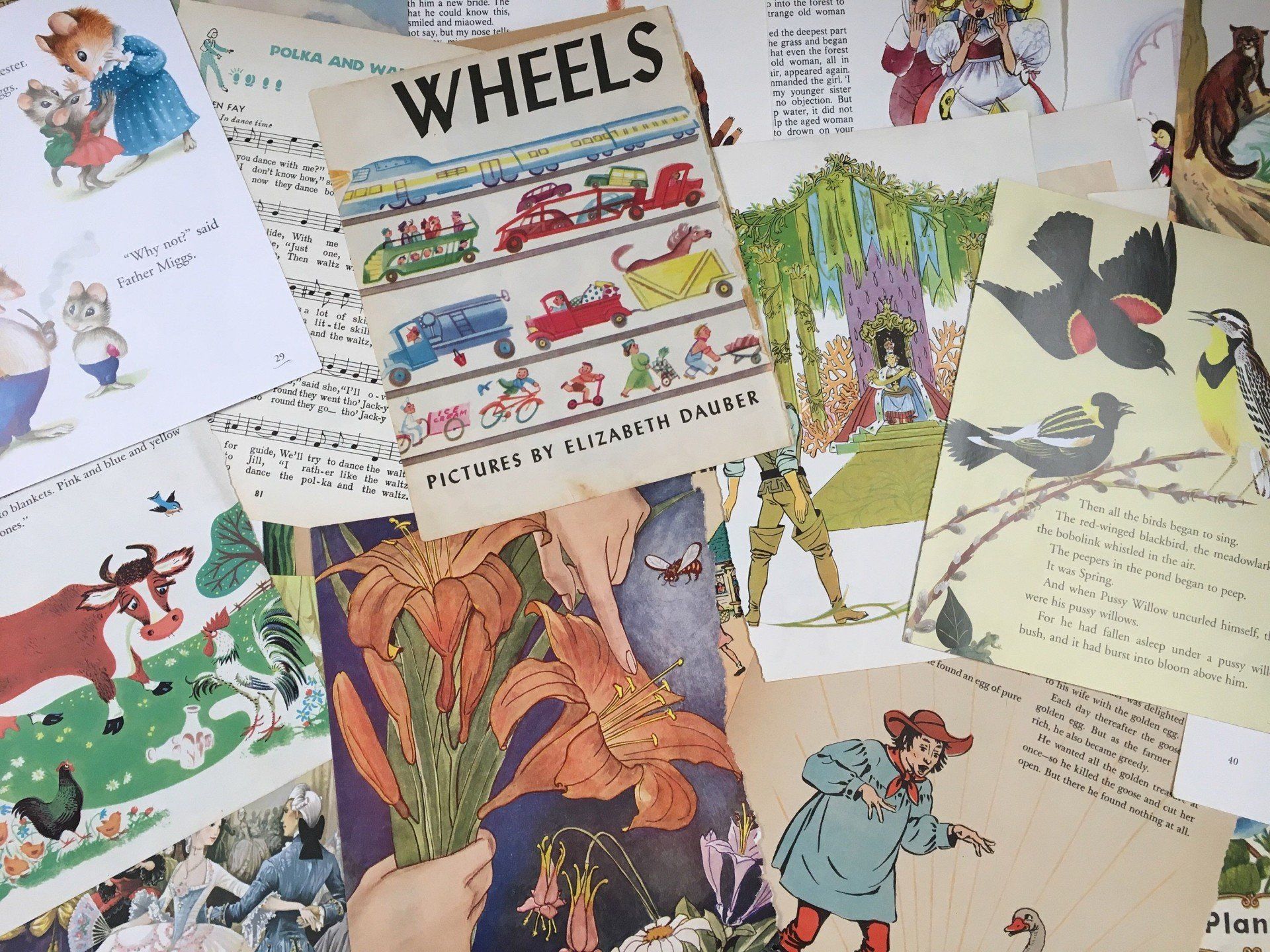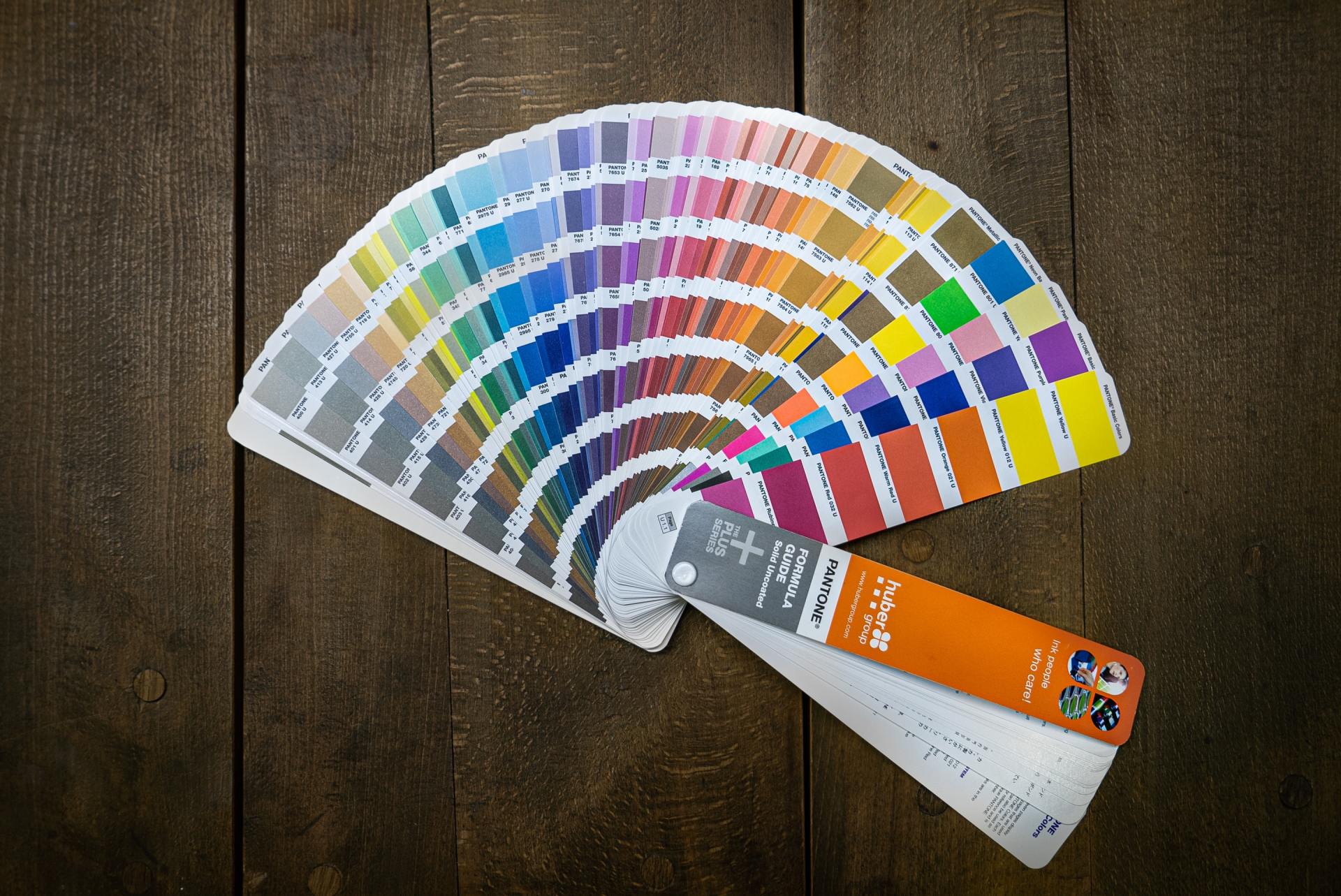Education Room Connection 33
A Message from our Education Director, Hannah...
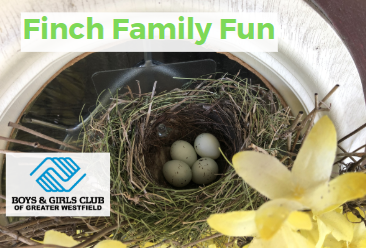
Week 2
This week has been very exciting for Miss Ashley! She noticed that the four finch eggs outside her front door have hatched! While their eyes are still closed, they are considered hatchlings. Around the third day, the hatchlings start to have a voice. Once the hatchlings eyes open fully, they are officially nestlings! We are not there quite yet, but soon! For now, the male and female will find food and feed the hatchlings so they become stronger. We sure are excited for this little finch family! They are getting stronger by the day!
Check back in next week for more updates! Enjoy!
If you want to learn more check out the Audubon Guide to North American Birds and The Cornell Lab All About Birds Identification Guide where you can check out more pictures, videos, and audio of song calls!
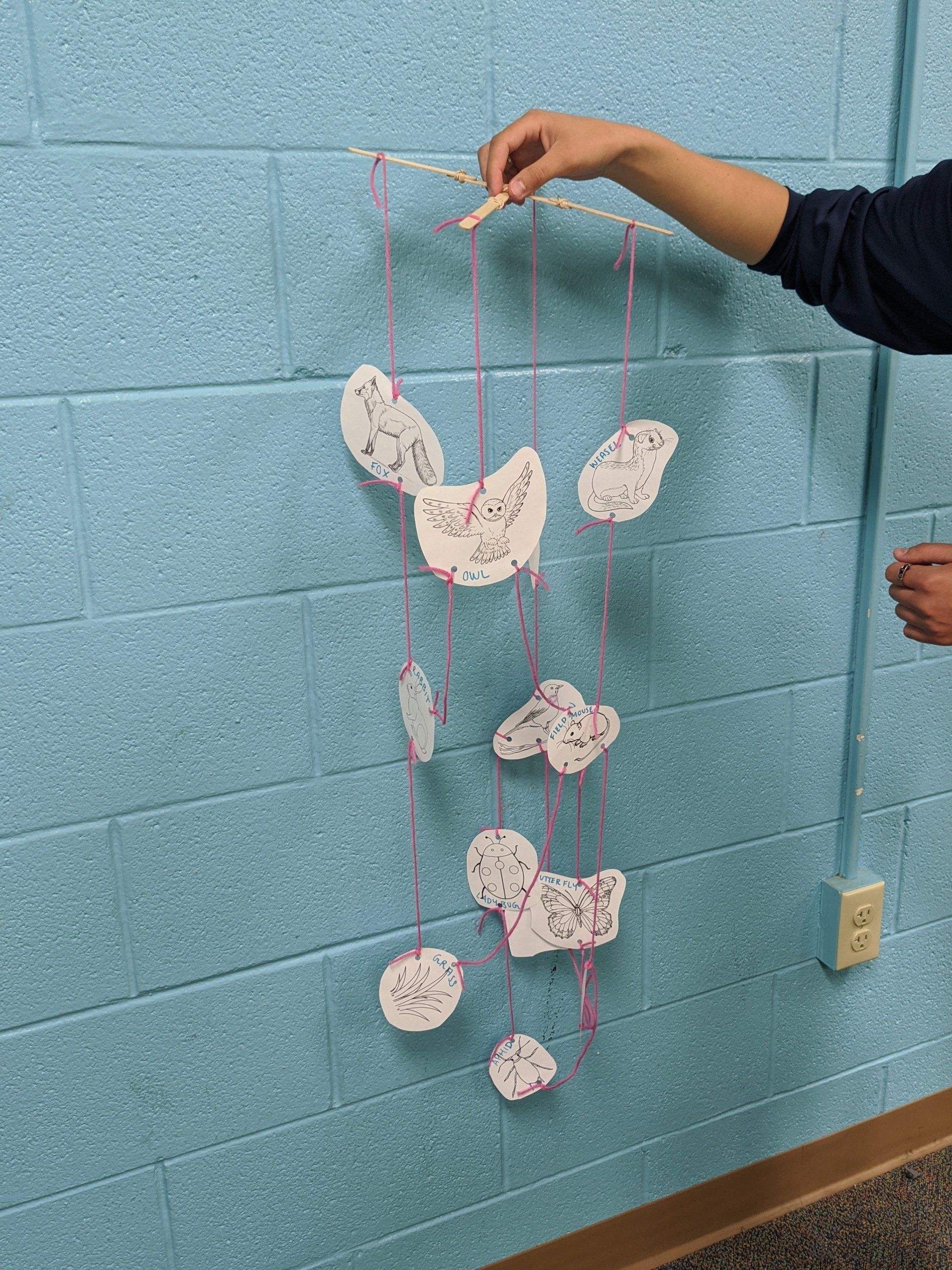
Wind Powered Cars!
Hello Friends!
The weather this week is wonderful, so I thought we could all go outside for a fun game: BINGO!
After while in your backyard or park, take a moment to take in your environment. Challenge yourself to identify the primary producers (plants), primary consumers (what eats the plants?) and secondary consumers (who eats the primary consumers?).
List all the organisms that you can see while in your environment. When making a food web, we like to think about how energy is being transferred from one organism to another. That is, if a mouse eats the grass, they receive energy from the grass. If a bird eats the mouse, they receive that energy as well, so the energy from the grass can indirectly be linked to the bird through a web.
As you add more organisms, the web is more complex. Check out these coloring pages to enjoy coloring in local organisms.
If you would like to take it a step further, grab some popsicle sticks, string, glue, and recycled paper to make your own food web mobile!
First list out all the organisms you have and attempt to draw connections between any energy transfers. Then after you have colored the organisms, layer a blank piece of paper behind it, and carefully cut out around the organism, while cutting two papers. Next, glue around all sides except one and attach the paper to each other. Once dry, stuff with recycled paper and glue shut. Now you have your own 3 – D organism!
Using popsicle sticks, you can create the top of the mobile. Secure popsicle sticks to each other with rubber bands to create four separate pieces.
This is the tricky part! Lay out your organisms based on their role in the food web. Primary producers like grass and trees will be at the bottom and consumers at the top. Attach the top consumers first and use string to layer all the way down to the primary producers!
Want a twist? Instead, use the top of your mobile to create natural windchimes! Find acorns, twigs and leaves to attach and make a pretty decoration for outside.
Enjoy!
